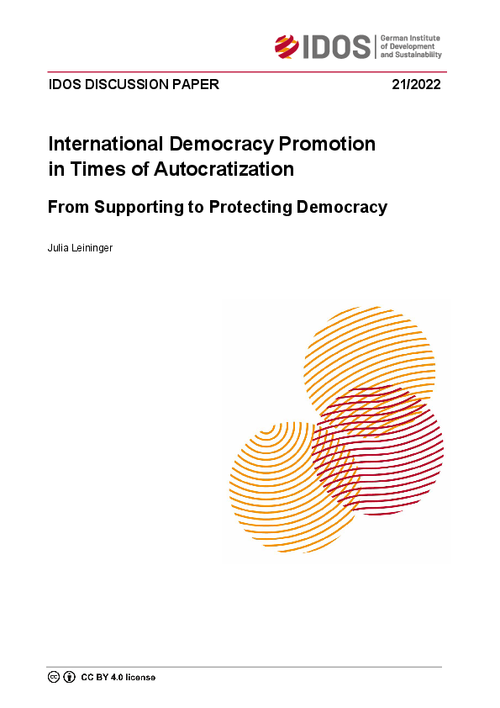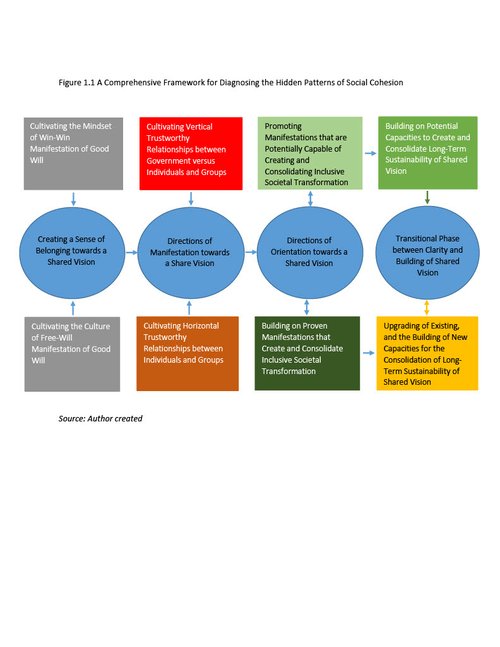Education and social capital
Key facts
Summary
Education is one of the most important predictors—usually, in fact, the most important predictor—of many forms of political and social engagement—from voting to chairing a local committee to hosting a dinner party to trusting others. Over the last half century (and more) educational levels in the United States have risen sharply. In 1960 only 41 percent of American adults had graduated from high school; in 1998 82 percent had. In 1960 only 8 percent of American adults had a college degree; in 1998 24 percent had. Yet levels of political and social participation have not risen pari passu with this dramatic increase in education, and by some accounts [Putnam, 1995a; 1995b; 2000] have even fallen. For at least two decades, political scientists have mused about this paradoxical “puzzle” [Brody, 1978].
Explore the hub further

International democracy promotion in times of autocratization: From supporting to protecting democracy


